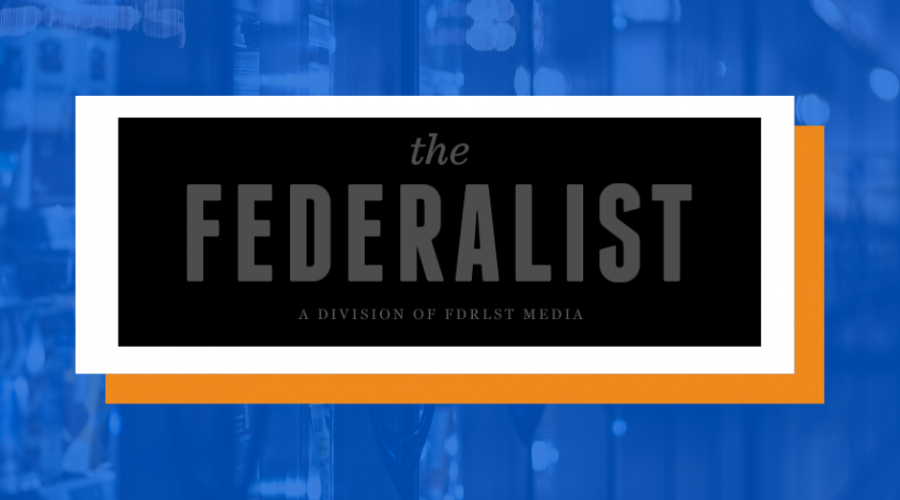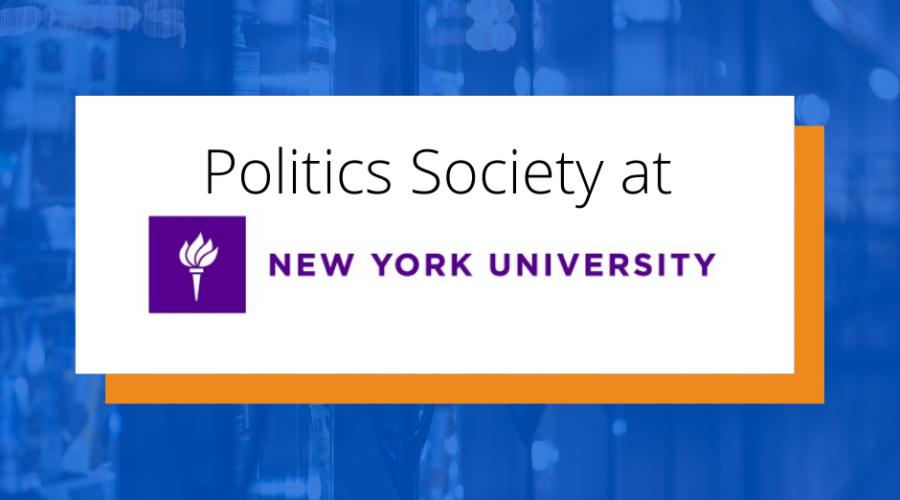Tobacco plain packaging policies have been chasing their own tail
Since 2012, many countries have outlawed branding on tobacco products, and yet more are considering taking this step. One of the most recent examples comes from Ukraine, where a group of parliamentarians have pledged to follow the Australian example of banning all brands by plain packaging as a means of reducing smoking rates. But do such policies actually achieve their desired outcomes?
Regardless of noble motives in place, the failures of plain packaging are numerous and evident. In 2012, Australia passed a nation-wide plain packaging decree. The goal was to reduce smoking rates. During the first years of the ban, more young people started to smoke. The smoking rates among Australians in the age range of 12-24-year-olds increased from 12 per cent in 2012 to 16 per cent in 2013. Little or no improvement was made among people aged 30 or older between 2013 and 2016. People aged 40–49 continued to be the age group most likely to smoke daily (16.9%) and the smoking rates among this age group went up from 16.2% in 2013. At the same time, Australia has seen an enormous increase in roll-your-own cigarettes: 26% in 2007, to 33% in 2013 and to 36% in 2016.
Plain packaging, like taxation, is intended to push consumers away from particular products considered by governments to be harmful, unhealthy and detrimental to the wellbeing of society. What policymakers tend to overlook, though, is that demand for cigarettes is inelastic and thus neither taxes nor branding bans can substantially affect consumer behaviour. From this perspective, plain packaging coupled with extensive bans on cigarette advertising as a policy solution is useless. Do we really care about the branding of sugar or salt? We buy them anyway.
Smoking has no substitutes per se, but thanks to innovation there are healthier ways to consume nicotine. Vaping has been proven to be 95% less harmful than smoking and has been endorsed by international health bodies as a safer alternative. Public Health England, New Zealand Ministry of Health and Health Canada have all endorsed vaping for encouraging smokers to switch.
Governments that try to outlaw smoking and consumer groups such as the Consumer Choice Center have a shared goal: to uphold public health. We are lucky to live at a time when innovative solutions have made it possible for us to find healthier smoking alternatives. Instead of making futile attempts to fight smoking with taxes and plain packaging, we should create conditions under which smokers can opt for vaping and are encouraged to do so through advertising.
Tobacco plain packaging policies have been chasing their own tail. They simply don’t work and end up becoming another ambitious yet flawed policy that sounds great on paper but doesn’t stand up to scrutiny.
The Consumer Choice Center is the consumer advocacy group supporting lifestyle freedom, innovation, privacy, science, and consumer choice. The main policy areas we focus on are digital, mobility, lifestyle & consumer goods, and health & science.
The CCC represents consumers in over 100 countries across the globe. We closely monitor regulatory trends in Ottawa, Washington, Brussels, Geneva and other hotspots of regulation and inform and activate consumers to fight for #ConsumerChoice. Learn more at consumerchoicecenter.org













